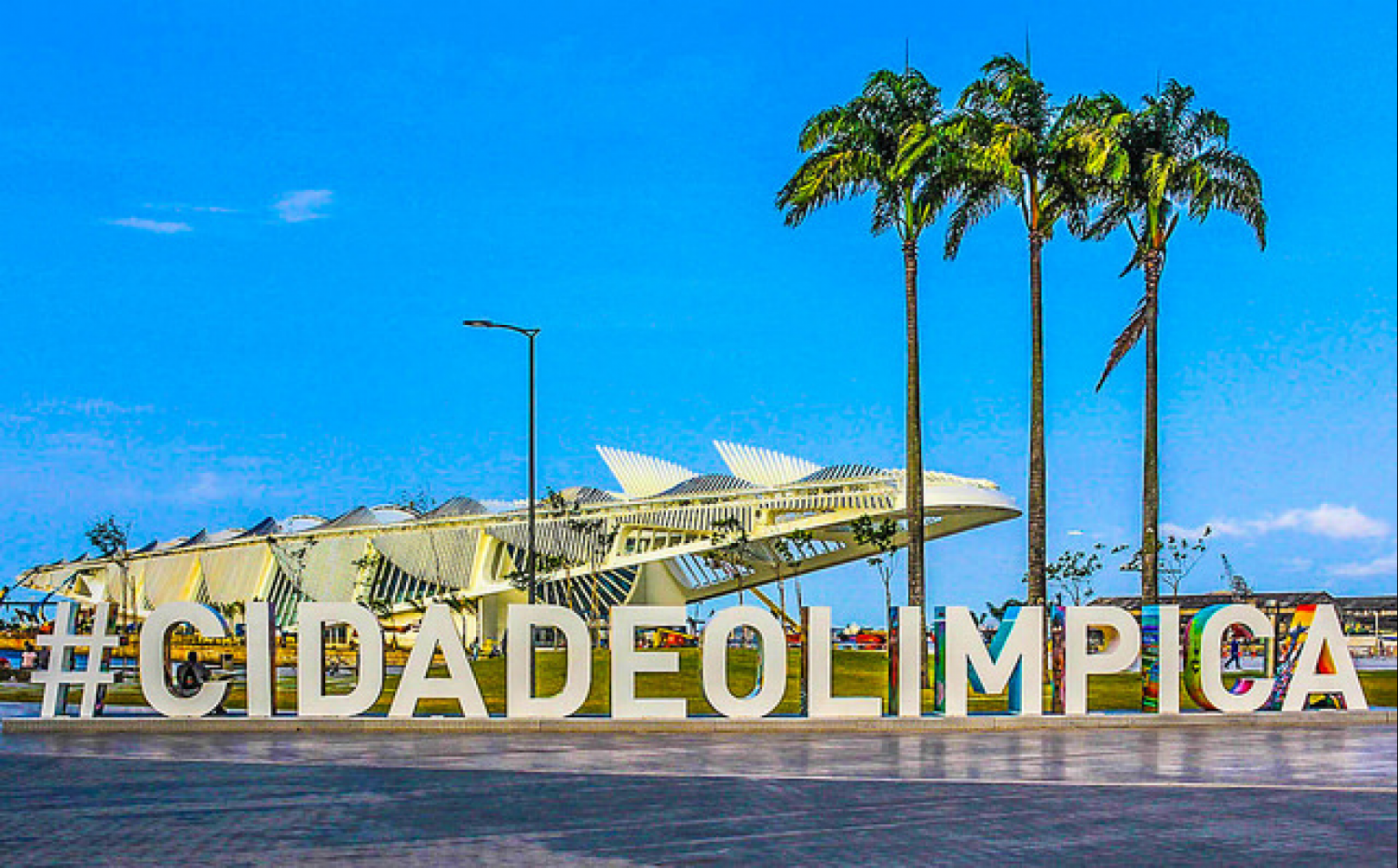Photo: global_geographer
Brazil has had to deal with a lot of negative press surrounding it being able to successfully deliver the Olympic and Paralympic games this year. With the Olympics now over and the Paralympics just about to commence, whatever you think about the games’ organisation overall, they do appear to have been especially successful in the area of sustainability.
Over the last few years, the Brazilian Olympic organising committee has worked closely with both the Games’ Official Carbon Partner, Dow and Dutch water bottle company, Dopper, to make this year’s games perhaps the most sustainable and fascinating in terms of what they’ve managed to create with recycled plastics.
Plastic bottles are one of the real stars of the Rio Games, in terms of reusable and recyclable materials. The Olympic Ring Structure at Copacabana was made from recycled plastics with 143 lbs of the structure being made from plastic bottles. This is where the organisers’ collaboration with Dopper, which produces sustainable water bottles, really comes in to play. Clearly, a key message from these Olympics is around the sustainability and recycling, using this high profile platform to help educate a global audience on the effects that these materials can have on the environment.
In July, Dopper also unveiled Rio’s ‘Plastic Madonna’ (a version also exists in The Hague, Netherlands), a 12-metre long statue of a mother unintentionally breastfeeding her child dangerous plastics, made from recycled plastics. This is without a doubt a powerful visual representation of how we are poisoning our world and there is perhaps no better place to have the statue than in Rio this year, where it could be viewed by the whole world throughout the summer.
Even the medals at Rio have had a sustainable makeover! The Silver and Bronze medals are made from 30% recycled materials, 50% of the ribbons are made from recycled bottles and even the boxes for medals have been approved by the Forest Stewardship Council. Finally, the rounded cases are made from freijó wood, a more sustainable source of wood than many others.
From recycled medals to podiums designed to be reused as furniture, to the Olympic Ring structures, could this be our most sustainable and environmentally aware games yet? Let’s hope so.
